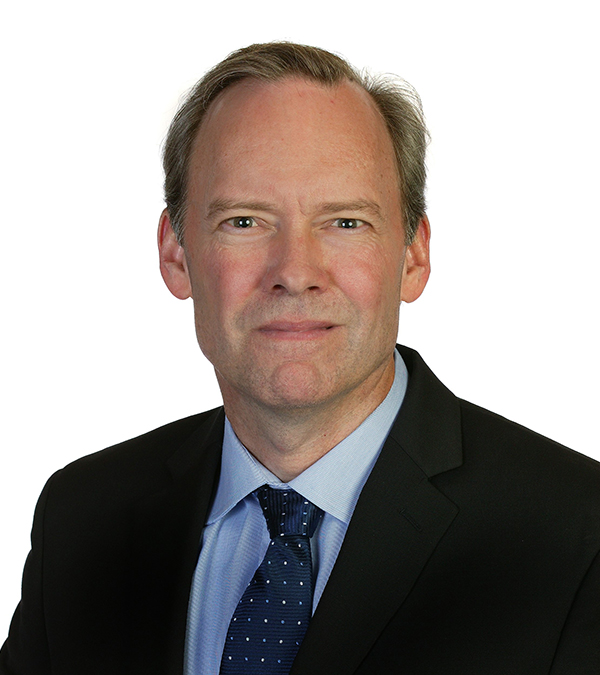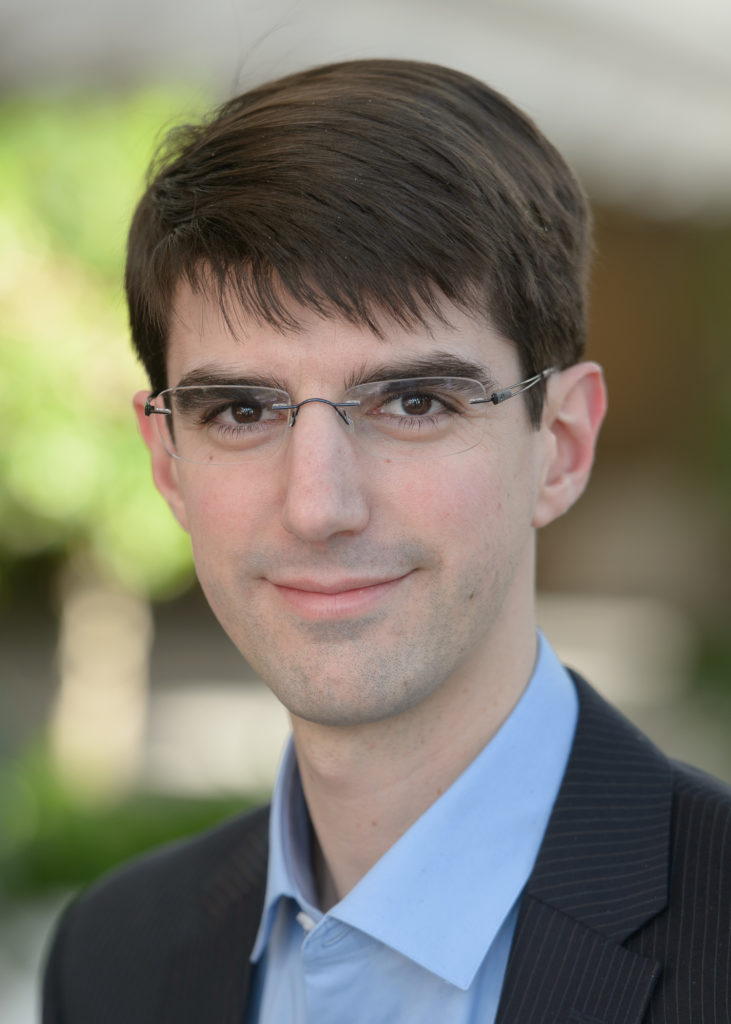Fall 2019 Colloquium Series
The State of the Nuclear Industry
SPEAKER: KURT EDSINGER DATE/TIME: MON, 12/09/2019 – 4:00PM TO 5:00PM LOCATION: 3105 ETCHEVERRY HALL Fall 2019 Colloquium Series Abstract: In many ways, nuclear power has never been more needed than right now, but the challenges that nuclear power is experiencing in many parts of the world are substantial and largely tied to economics. In the U.S., plants…
Read MorePlutonium and Uranium from Weapons Testing
SPEAKER: Kiel Holliday DATE/TIME: MON, 11/25/2019 – 4:00PM TO 5:00PM LOCATION: 3105 ETCHEVERRY HALL Fall 2019 Colloquium Series Abstract: It’s not immediately intuitive to think of an explosion as a reducing environment. After all, a conventional explosion is an oxidative process. In the case of a nuclear explosion; however, it has been known since 1975 that large…
Read MoreInvestigating Uranium(VI) Sorption and Mobility in Future Nuclear Waste Repositories
SPEAKER: RUTH M. TINNACHER ASSISTANT PROFESSOR, CALIFORNIA STATE UNIVERSITY, EAST BAY DATE/TIME: MON, 11/18/2019 – 4:00PM TO 5:00PM LOCATION: 3105 ETCHEVERRY HALL Fall 2019 Colloquium Series Abstract: Most nuclear waste repository options include an engineered barrier system surrounding waste containers in order to minimize the release of radioactive contaminants into the environment after waste package failure and…
Read MoreThe Future of China’s Nuclear Power Program
SPEAKER: MARK HIBBS DATE/TIME: MON, 11/04/2019 – 4:00PM TO 5:00PM LOCATION: 3105 ETCHEVERRY HALL Fall 2019 Colloquium Series Abstract: China today, after three decades of forced development and deployments, is poised to become the world’s leading nuclear power country during the first half of this century. If China succeeds, it will surpass all advanced nuclear power countries…
Read MoreHow to Deliver the Goods Through Application of Quality Assurance Principles
SPEAKER: DAREN JENSEN DATE/TIME: MON, 10/30/2019 – 6:00PM TO 7:00PM LOCATION: 3105 ETCHEVERRY HALL Fall 2019 Colloquium Series Abstract: This colloquium will discuss why it is important to embrace quality assurance principles for research programs in order to create a competitive advantage, enhance the research reputation, and gain customer confidence: “delivering the goods”. About the…
Read MoreThe Single Volume Camera Project Overview
SPEAKER: Melinda Sweeny DATE/TIME: MON, 10/21/2019 – 4:00PM TO 5:00PM LOCATION: 3105 ETCHEVERRY HALL Fall 2019 Colloquium Series Co-Hosted with NSSC Abstract: The Single Volume Scatter Camera (SVSC) Collaboration is multi-institution effort lead by Sandia National Laboratories to develop portable neutron imaging systems for a variety of applications in non-proliferation and arms control. Current state-of-the-art kinematic neutron…
Read MoreStatus of the Versatile Test Reactor program
SPEAKER: FLORENT HEIDET Manager, Advanced Nuclear Energy Systems group DATE/TIME: MON, 10/14/2019 – 4:00PM TO 5:00PM LOCATION: 3105 ETCHEVERRY HALL Fall 2019 Colloquium Series Abstract: The Versatile Test Reactor (VTR) program is aiming at designing and building an advanced test reactor in the U.S. within 10 years. This reactor will bridge the current capability gap in irradiation…
Read MoreDesigning, modeling, and executing experiments at the Annular Core Research Reactor
SPEAKER: PERRY CHODASH DATE/TIME: MON, 09/18/2019 – 4:00PM TO 5:00PM LOCATION: 3105 ETCHEVERRY HALL Fall 2019 Colloquium Series Abstract: After a 35-year hiatus, Lawrence Livermore National Laboratory is executing a series of experiments looking at the thermostructural response of materials at the Annular Core Research Reactor (ACRR). The purpose of these experiments is to help validate a…
Read MoreDetoxing Nuclear Waste using Molten Salts: Can Nuclear Power be Unchained from Nuclear Proliferation?
SPEAKER: SUNGYEOL CHOI Assistant Professor of Nuclear and Quantum Engineering, Korea Advanced Institute of Science and Technology (KAIST) DATE/TIME: MON, 09/30/2019 – 4:00PM TO 5:00PM LOCATION: 3105 ETCHEVERRY HALL Fall 2019 Colloquium Series Abstract: Regardless of aqueous and non-aqueous techniques, conventional reprocessing is not accessible for many countries running nuclear power plants due to Pu diversion concerns.…
Read More“We’ll Get to That Next!” Why You Shouldn’t Put Off Control Room Design
SPEAKER: RONALD LAURIDS BORING PHD DATE/TIME: MON, 09/23/2019 – 4:00PM TO 5:00PM LOCATION: 3105 ETCHEVERRY HALL Fall 2019 Colloquium Series Abstract: Staffing and control are crucial considerations in the development and licensing of advanced reactors. Advanced reactors do not solve the challenges of human-in-the-loop control through full automation, and it is incorrect to assume that the control…
Read More







